Sorry about the blurriness, I tried to get the camera to focus on the pellets but I don’t think I could hold it steady enough. Hopefully you can see that on the left, that is the 9.6 grain pellet and on the right is the 7.5 grain pellet. I did the math and it is a 28% increase in mass. I think that you can also see, that difference is made up in the fill of the pellet.

I am not totally sure, but I have read with that with slugs for a shotgun, the design is weight forward. This helps stabilize the flight of the projectile. That makes the projectile act more like a dart then a proper bullet. Allegedly, these things are rifled (I haven’t checked) so I don’t think that is the reason for the design but maybe that helps with the push out of the barrel.
I noticed with shooting the heavier pellets that they were hitting at a different point of impact. Like all rifles, the rifling is a fixed twist rate. This means that there is an optimum projectile weight range to generate the projectile spin. I have not settled on a pellet weight yet. I have around 700 pellets in the 7.5gr size. I don’t want to adjust my scope until I feel like I want to make a change.
Part of how I would make that particular decision would be on energy. If I get a marginal velocity change and maintain accuracy by going to a heavier pellet, then that would be preferable. In order to calculate energy, I need some meaningful velocity measurements. That makes me leaning heavily toward purchasing a chronograph. The more energy produced, the better pest eliminator this setup becomes. So, that is yet to be determined.
Talking about proper rifles and twist rates, I think that it is helpful to talk about some of the jargon with an example. The faster the twist rate, the more spin that is put on the bullet, the heavier the preferred bullet for the rifle. If we look at 0.22 diameter bullets (nominal) they (typically) range from 40-80 grains. Remember, the measurement of grain? There are 7000 grains in a pound to give perspective.
For 22LR, a standard rate of twist is 1:16. This actually means that the rifling imparts a full twist in 16 inches. Since 22LR bullets are largely 36-40 grains you would expect that rifling to be appropriate. 22WMR shoots the same size bullet and therefore the rate of twist is typically the same.
If you step up to a .223 then the common bullet weight and rate of twist is different. 55-60 grains are the dominant bullet sizes and the rate of twist changes to 1:8 – 1:10. You see the theme, heavier the bullet the faster the twist. Since this is centerfire, you can reload the case and that opens up the range of bullets you can use. I think it is worth noting that just because you can doesn’t mean that you should. So, bullet changes should be tested for accuracy if you are deviating from the typical ranges of bullet weights.
Lastly, in this comparison if we look at 22-250, you will see that they are firing a similar range bullet as .223. But, it appears that the common rate of twist is 1:14. This particular cartridge is going 500 fps faster. This deviates a bit from the straight formula, but this is complicated because you now consider barrel lengths and velocities.
End Your Programming Routine: It seems pretty obvious that if you are interested in the subject then you will become much more immersed than a blog post. Once you settle in on what you are trying to accomplish, then you can try to match barrel and load. I am simply trying to highlight some of the variables and impact for optimum performance. For me and air rifles I am testing the variables to make the best decision.

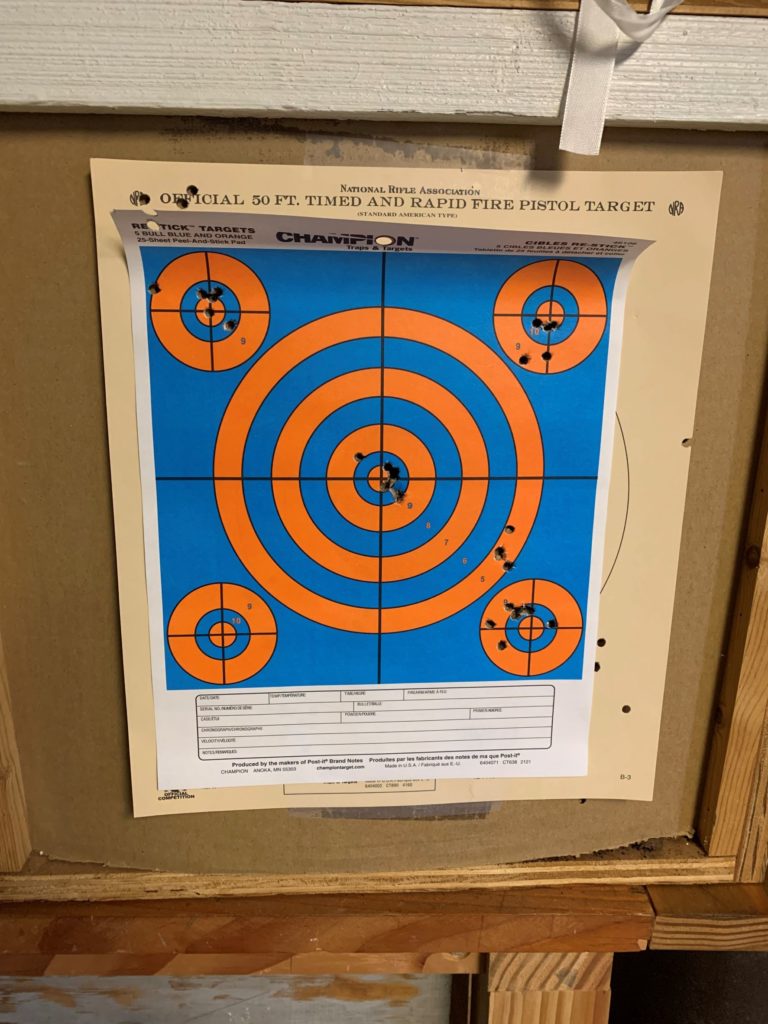
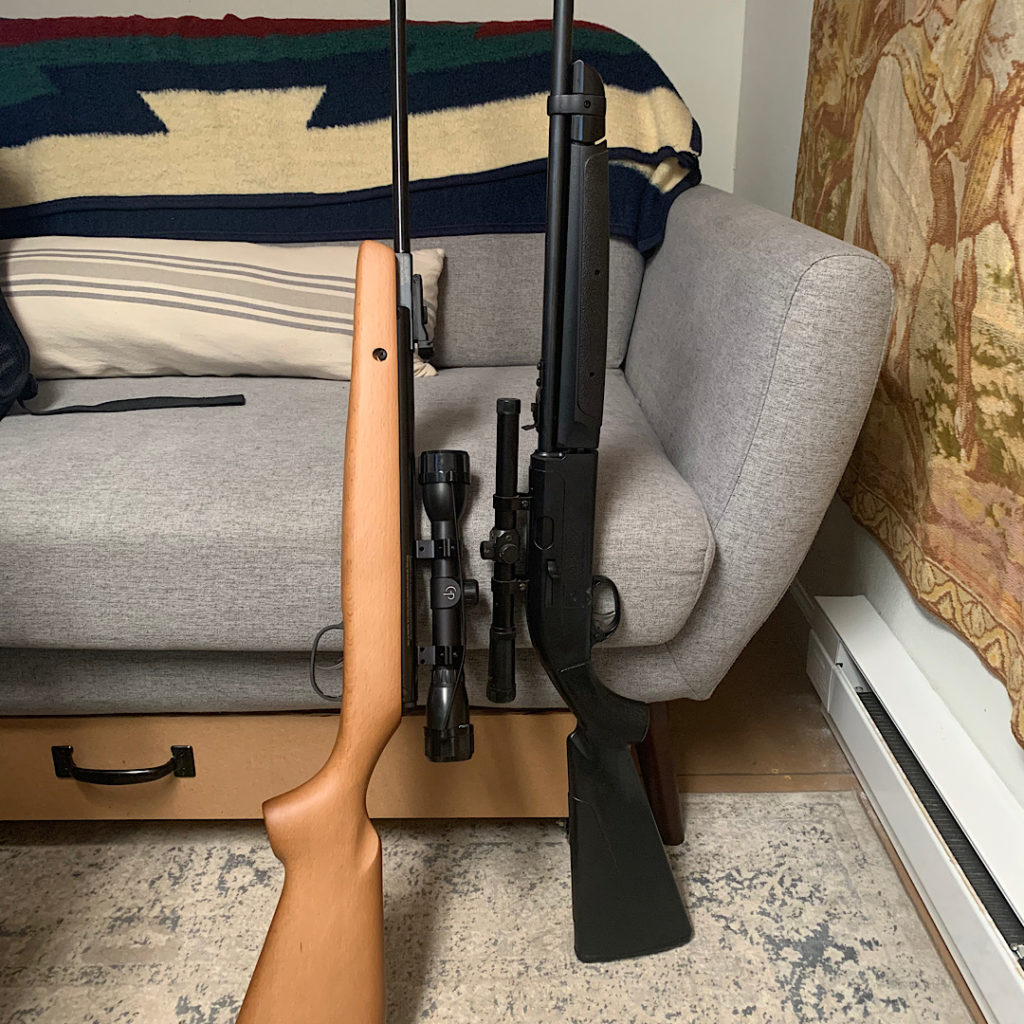







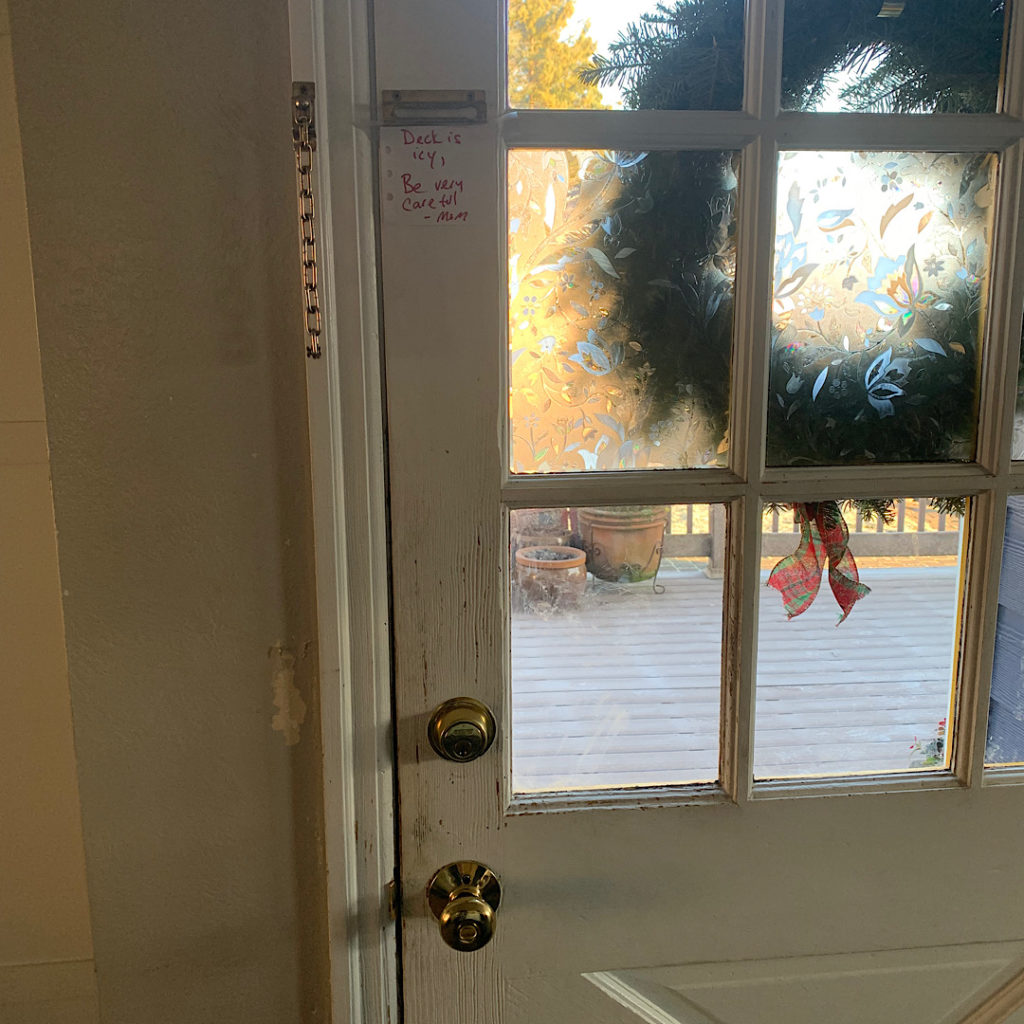

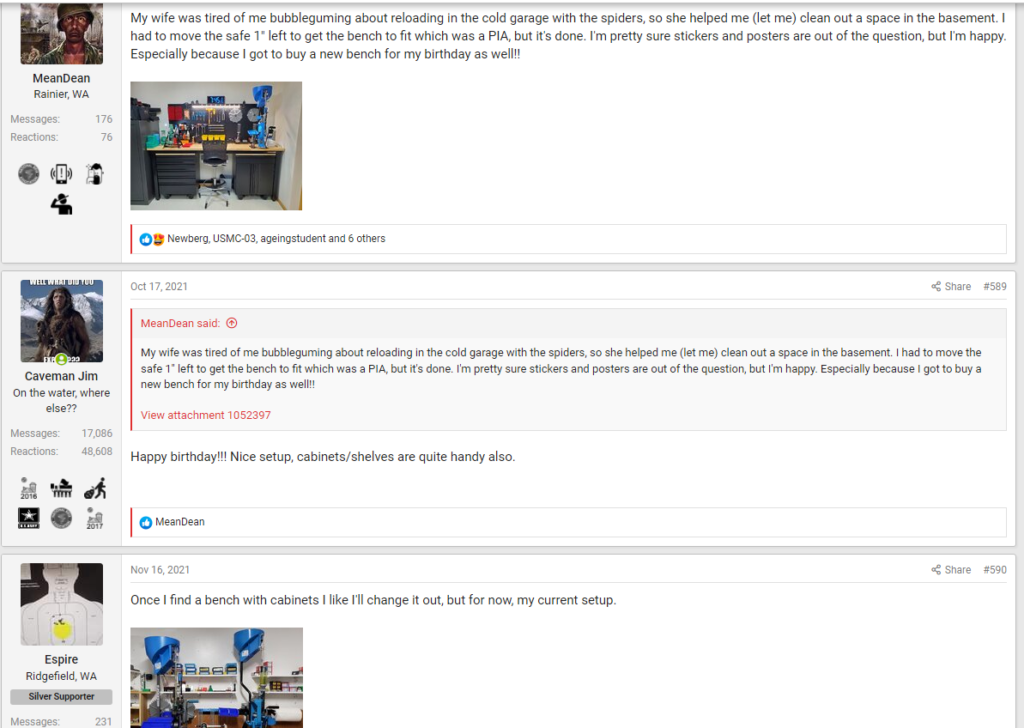
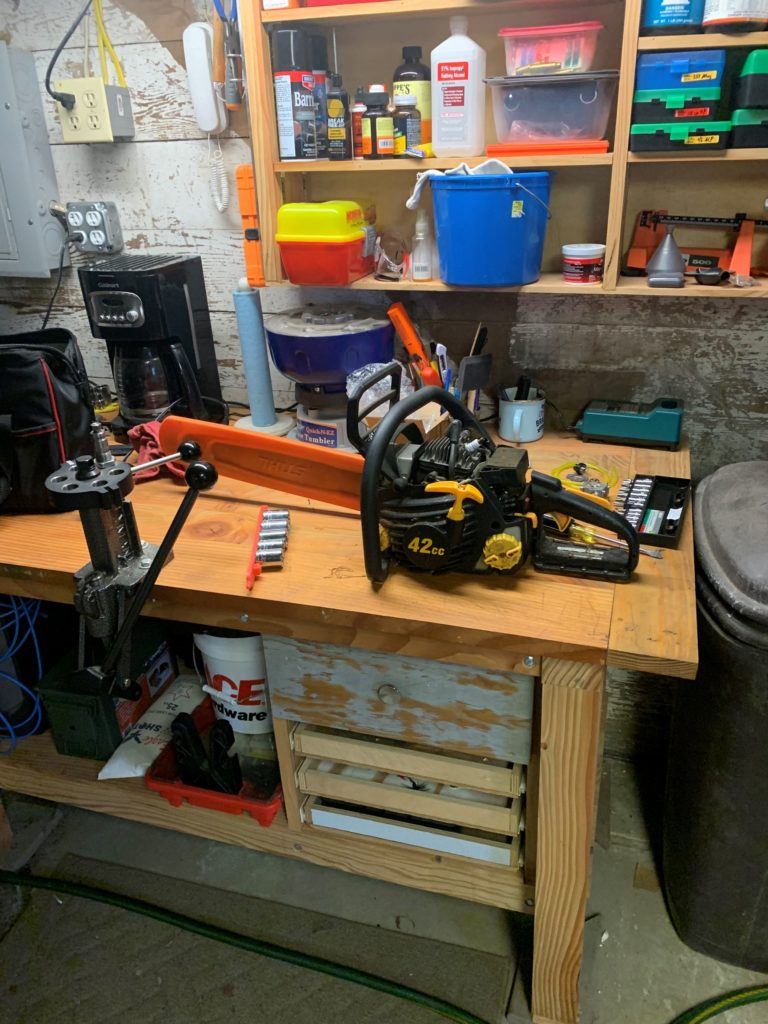


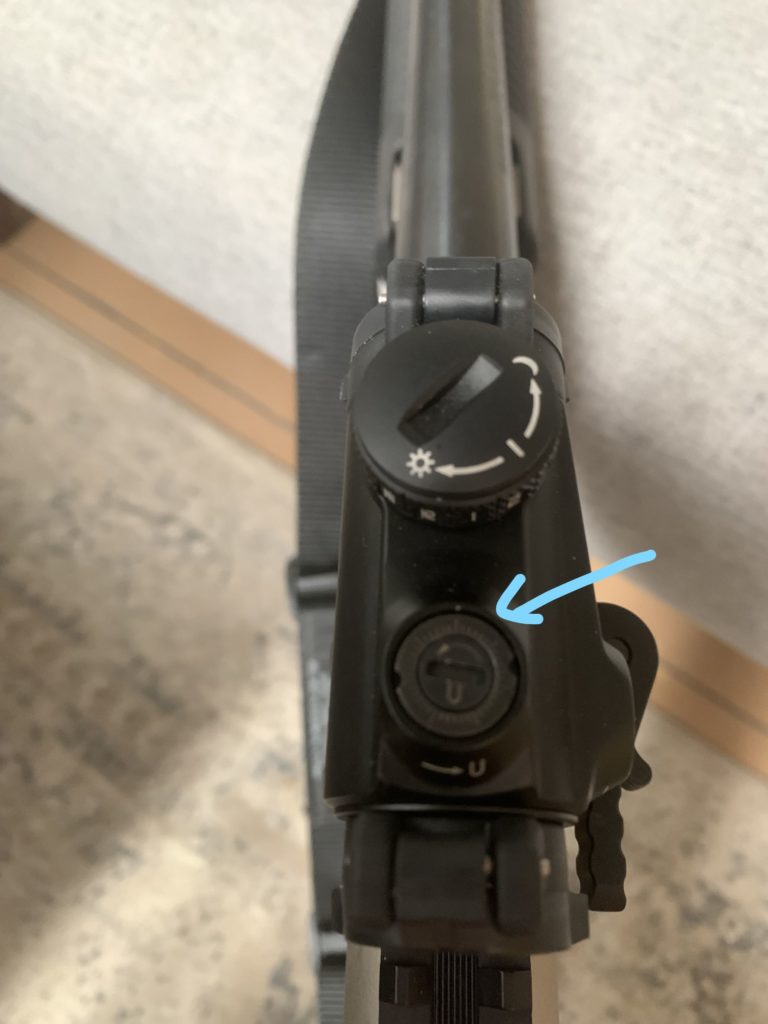
Recent Comments